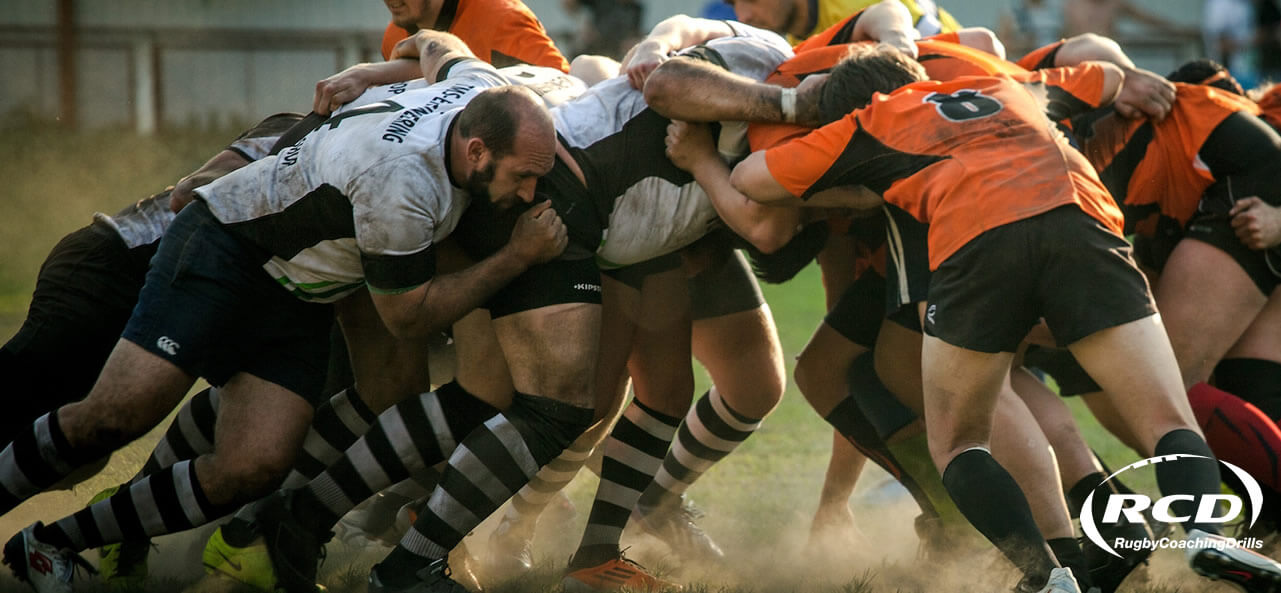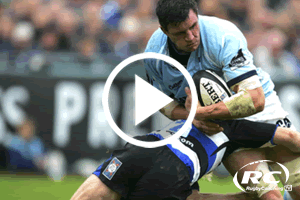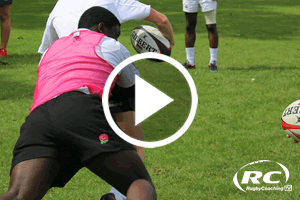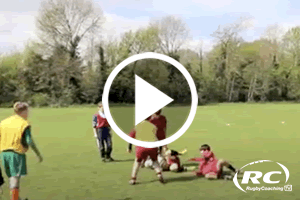
Coaching The Tackle In 2019
Tackle Time
This World Cup has brought even more attention to the tackle area, highlighting the importance of tackling low! Read on to see how we can help you in your tackle practice.
Without a doubt tackling is one of the most important aspects of coaching rugby. As youngsters and new participants progress into full contact, being able to tackle safely is fundamental to a player's career longevity and to the continued health and safety of all players. Although the world cup has been focussing heavily on the safety of the attaking player, there is also a the safety of the tackler to consider (where most injuries occur).

No matter how much you coach a technique, some individuals just do not have the necessary motor-skills or coordination to execute the technique straight away. In the past coaches just repeated the technical practice until success or harm (injury) was caused. Now our understanding of how to move our bodies effectively is a lot more advanced and coaches now can call on a range of practices to develop and enhance these movements.
The Tackle is in theory a triple extension of the ankle, knee and hip - just as in a squat technique in the gym. Then all you have to do is add in hands, arms, shoulder coordination with safe positioning of the head and neck through visual tracking of the target. Simple right?

A great way to develop those body control skills and have fun is through the functional movements such as crawling, crossover movements and all other fundamental movements skills.
Embed these into your coaching of the tackle to ensure the players can have the body control to put themselves in the right positions to be safe
Tackle Training Session
Warm up: Play a game that will get them moving and start to incorporate dynamic stretches into the game.
Game: Use a tackling game to see what they can do! After each of the following technical components add them into the game as constraints.

- Technical Component 1: Get feet in close.
- Technical Component 2: Feet close & shoulder touch.
- Technical Component 3: Wrap arms, no grip.
- Technical Component 4: Put it all together and leg drive.
Make sure you finish with a conditioned game! This whole-part-whole approach allows you to observe the development and progression of the group. You can go forwards, backwards, change the technical components and vary the constraints as you or the players see fit.

